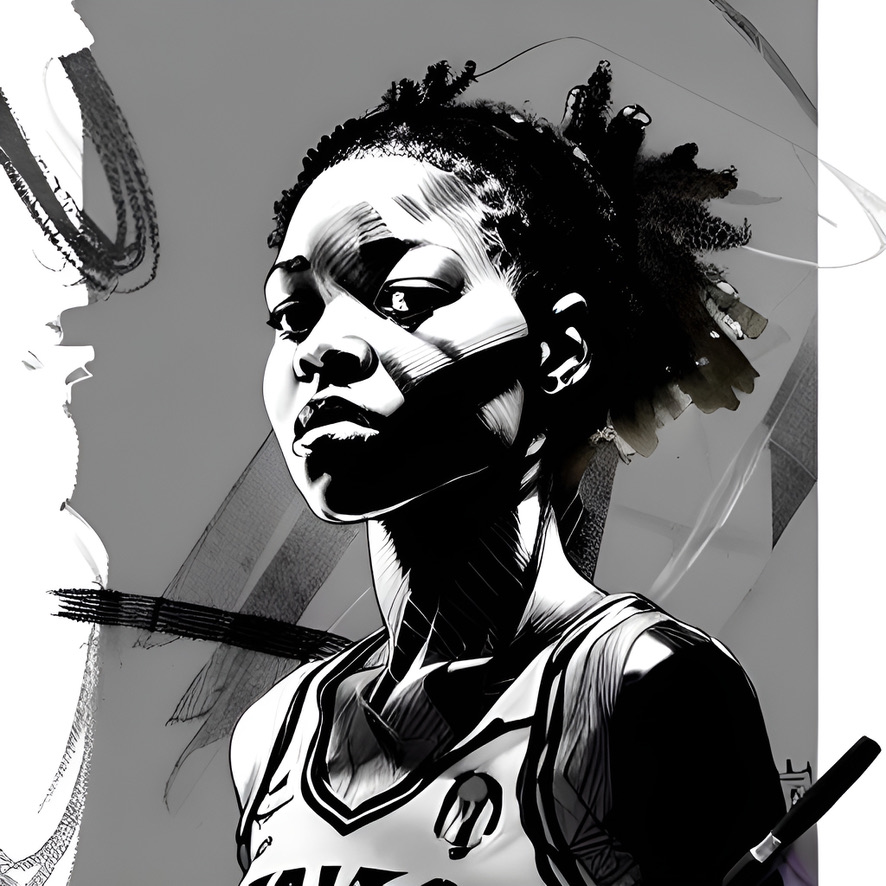In basketball, the term “trap” refers to a defensive strategy in which two or more defenders actively try to double-team an offensive player in order to force a turnover or create a difficult situation for the offense. The objective of a trap is to put pressure on the ball handler and disrupt their decision-making, ultimately leading to a steal or a rushed pass that can be intercepted by the defensive team.
When a trap is executed, the defenders involved coordinate their movements to surround the offensive player, usually near the sidelines or in a corner, limiting their options and trapping them in a confined area. This defensive tactic is often employed when the defense wants to create turnovers, increase the tempo of the game, or disrupt the offensive flow of the opposing team.
Traps can be executed in different ways, depending on the defensive scheme and the specific situation. Common types of traps include:
1. Full-Court Trap: The defense applies pressure on the ball handler as soon as they inbound the ball, aiming to force turnovers or delay the offense’s progress up the court.
2. Half-Court Trap: This occurs in the frontcourt or half-court area. It involves two defenders aggressively trapping the ball handler, typically near the sideline or in a corner, while the other defenders adjust their positioning to cut off passing lanes.
3. Pick-and-Roll Trap: When defending a pick-and-roll situation, the defensive team traps the ball handler, preventing them from penetrating or making an easy pass. The defending players involved in the trap quickly switch and recover after the trap to prevent open shots or passing opportunities.
The effectiveness of a trap relies on the defenders’ coordination, speed, and anticipation. If executed successfully, a trap can disrupt the offense, create turnovers, and shift momentum in favor of the defensive team. However, if the offensive team successfully navigates the trap by making quick and accurate passes or finding open teammates, it can lead to advantageous scoring opportunities.
It is important to note that traps carry inherent risks. If the offensive team breaks through the trap, it can result in a numerical advantage, with fewer defenders to protect the basket. Skilled offensive players may also use traps as an opportunity to find open teammates for scoring opportunities or exploit the defense’s overcommitment.
Ultimately, the decision to employ a trap strategy depends on the defensive team’s assessment of the offensive threats and the specific game situation. Coaches and players must weigh the potential benefits against the risks associated with trapping, taking into account factors such as the offensive team’s ball-handling skills, passing ability, and court awareness.





